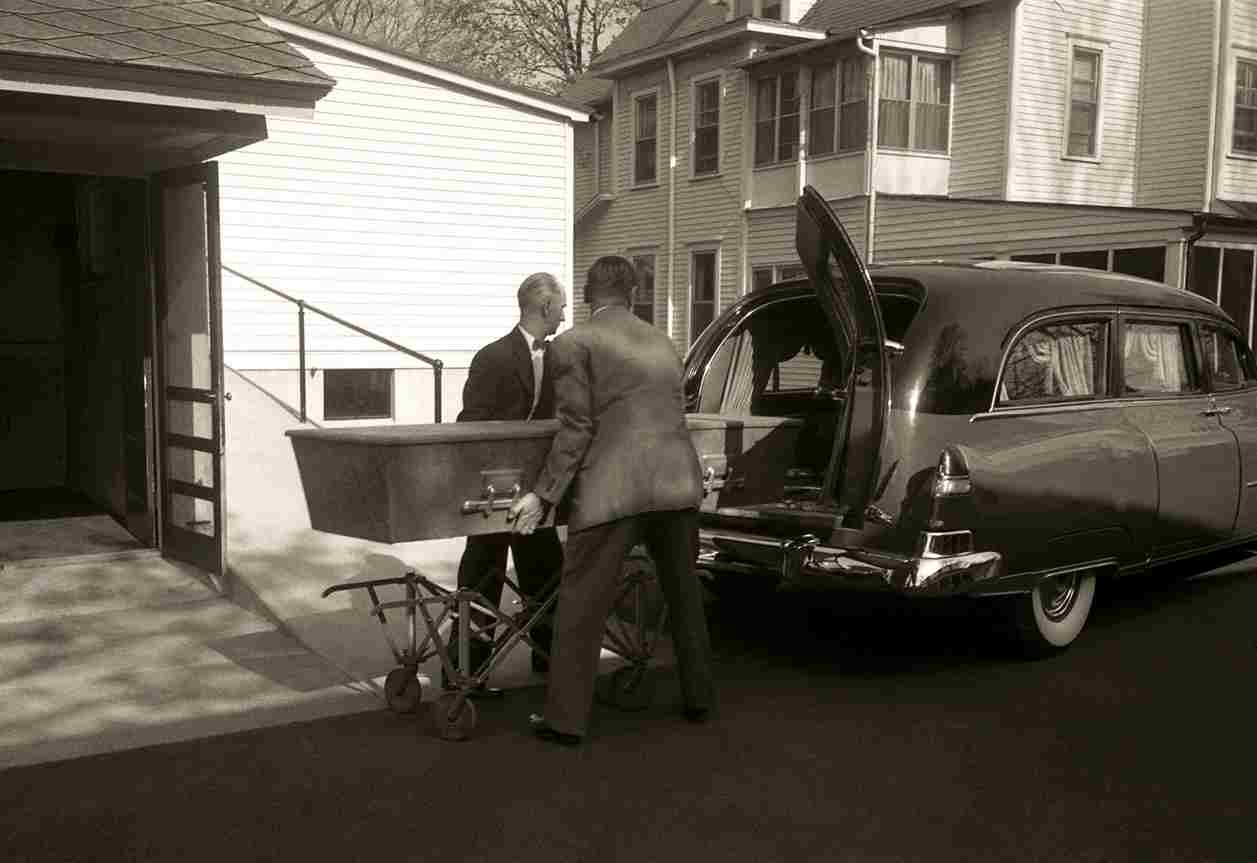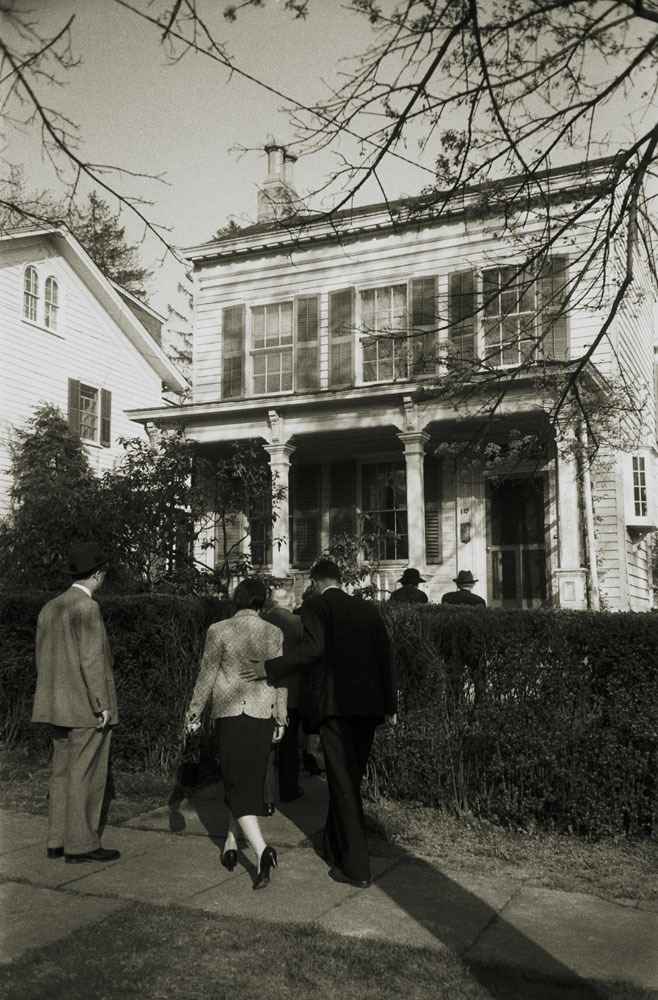What Really Happened The Day Albert Einstein Left Us?
World-famous theoretical physicist Albert Einstein was a global icon after his 1919 observations of a solar eclipse bolstered his theory of general relativity. His charisma and social activism further boosted his celebrity.
In April 1955, Einstein was still working at the Institute for Advanced Study despite his declining health. He lived in modest quarters in Princeton and was often seen walking to work. He remained dedicated to his work until the day he passed away.
Einstein passed away due to heart failure

Albert Einstein was well aware that his time was running out. In April 1955, he experienced sudden pain while writing at his desk. This pain followed weeks of abdominal discomfort and fatigue. The diagnosis revealed a burst blood vessel and internal hemorrhage.
Despite the severe pain, Einstein remained calm, continued to chat with visitors and read the newspaper. When a surgeon suggested repairing the damage, Einstein declined.
He reportedly said, “It is tasteless to prolong life artificially. I have done my share; it is time to go. I will do it elegantly.”
The root of his health issues lay in his abdominal aorta, which had ruptured due to arteriosclerosis. This condition involves the accumulation of hard plaques inside blood vessels, weakening them and making them prone to rupture.
The rupture of his aorta was the final blow to his declining health.

Helen Dukas, Einstein’s secretary, observed his struggle and noted his resistance to the care given to him. Despite being in obvious pain and sometimes using morphine to cope, he found the fuss over his condition somewhat absurd.
When Dukas set up a bed nearby and brought him ice to help, Einstein told her, “You’re really hysterical — I have to pass on sometimes, and it doesn’t really matter when.”
Eventually, Einstein moved to Princeton Hospital, where he passed away peacefully in his sleep at 1:15 a.m. on April 18, 1955, at the age of 76. His passing marked the end of an era, but his legacy continues to inspire generations of scientists and thinkers around the world.
His remains were cremated that same day

Following the autopsy, Einstein’s body was transported to a funeral home and then to Trenton, New Jersey. A private funeral service, arranged in haste, took place, and his body was promptly cremated.
Unlike many families who keep urns of their loved ones’ ashes, Einstein’s family did not.
His surviving relatives included his sons, Hans and Eduard, and his stepdaughter, Margot, who was very close to him. Another stepdaughter, Ilse, had died in 1934, and his first daughter, Lieserl, had disappeared from records after 1903.

Einstein had specific wishes for his posthumous arrangements. He requested a simple cremation with his ashes scattered in an undisclosed location. This was in line with his desire to avoid turning his burial site into a pilgrimage destination.
He also asked Margot to prevent his home from being turned into a museum, a request that was honored; his former residence remains a private home.
While hospitalized, he also asked Margot to prevent converting his home into a museum. This request was honored, and today, his former residence remains a private home.
A photographer gained rare access

Not long after Einstein died, word of the scientist’s passing spread quickly. Most members of the press rushed to Princeton Hospital to gather information. However, only one photographer, Ralph Morse of LIFE magazine, managed to gain unique access.
Morse understood the chaos at the hospital, so he diverted to Einstein’s workplace, the Institute for Advanced Study. With a case of Scotch, Morse convinced the building’s superintendent to let him into Einstein’s office.

There, he captured haunting images of Einstein’s desk, cluttered with papers, books, and his pipe, all centered around an empty chair and a blackboard filled with equations.
Morse didn’t stop there. Hoping to find out where Einstein would be buried, Morse drove quickly to the Princeton Cemetery.

He recalled, “I drove out to the cemetery to try and find where Einstein is going to be buried. But there were about two dozen graves being dug that day! I saw a group of guys digging a grave, offered them a bottle of Scotch, and asked if they knew anything.”
One of the men responded, “He’s being cremated in about twenty minutes. In Trenton!” Hearing this, Morse gave them the rest of the Scotch, jumped in his car, and raced to the Trenton crematorium. He arrived just before Einstein’s friends and family showed up.

His funeral and cremation were intensely private affairs, with Morse being the only photographer to document the day.
Although Ralph Morse compiled a quietly intense record of Einstein’s passing, LIFE magazine chose not to publish most of his photographs.

This decision was made at the request of Einstein’s son, who wanted to respect the family’s privacy. As a result, Morse’s photographs remained forgotten in the magazine’s archives for more than five decades.

